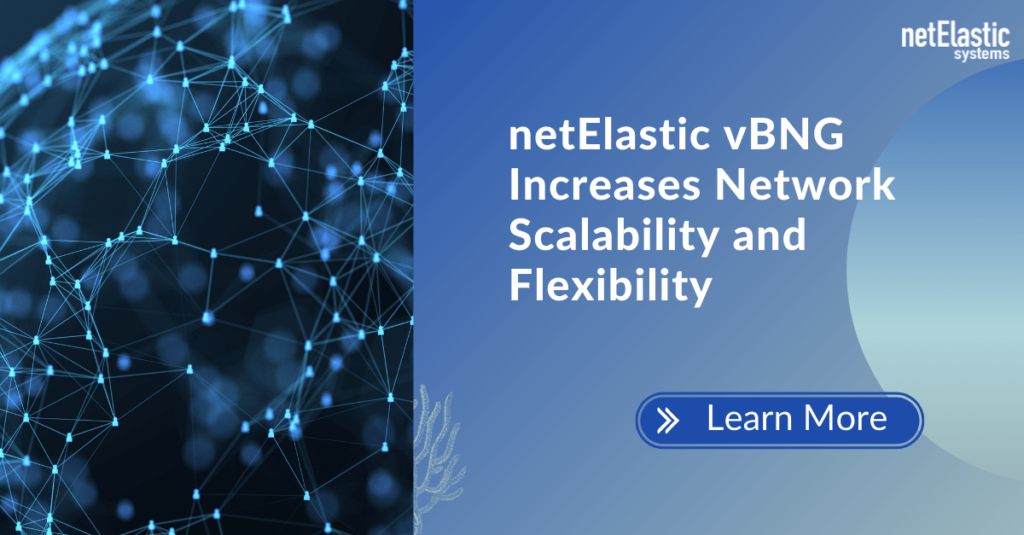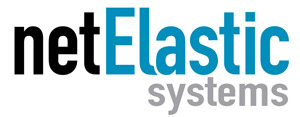As cities, municipalities, and communities strive to leverage BEAD funding to expand broadband access to their constituents, they’re turning to technology to help bridge the digital divide. While a significant portion of expenditures tend to go towards the physical plant, such as fiber, copper, or RF, the data center or central office is important in providing effective solutions for these markets. Critical electronics such as Broadband Network Gateways (BNGs) allow those who operate these networks to route traffic cost-effectively along the best paths and manage subscribers and the services those subscribers choose.
So, Why Do netElastic Virtual Routers Make Sense for These Communities?
netElastic BNG and CGNAT are virtual gateway routers that leverage standard servers to provide affordable infrastructure solutions. A typical netElastic router costs a third to a tenth of legacy solutions. This makes it less expensive to deploy and enables strategies such as Distributed Access Architecture (DAA), where routers are distributed throughout the community to lower latency, improve the subscriber experience, and drive down operating expenses.
netElastic’s high-performance routing solutions support multi-gigabit fiber networks, and netElastic routers can outperform routers that cost ten times as much. This allows communities to provide 1G, 10G, or even 100G services directly to subscribers today or in the future.
Expand High-Speed Internet Access with BNG and CGNAT
Thirdly, netElastic routers are highly scalable. Communities can start small and conservatively insure against low take rates yet scale up when they eventually exceed those take rates, making strategic investments over time without worrying about making long-term decisions on equipment that must be replaced too soon.
Fourth, netElastic supports both IPv6 and Carrier-grade NAT. This allows the network operator to support many subscribers without the outsized expense of buying IPv4 addresses for each. This alone can save a BEAD applicant 1 million dollars or more, which can be applied to marketing, more fiber, and even more connected households.
Lastly, because netElastic routers run on commodity servers, they’re easier to service and support, whether deployed in the Central Office or in street furniture. Upgrading network cards or replacing power supplies is a much simpler task with greatly reduced supply-chain risks and a broad mix of local vendors that can help maintain the network.
Reach out to netElastic to learn more about how hundreds of ISPs and Communities depend on netElastic to route the traffic in their network facilities and out to the internet.


